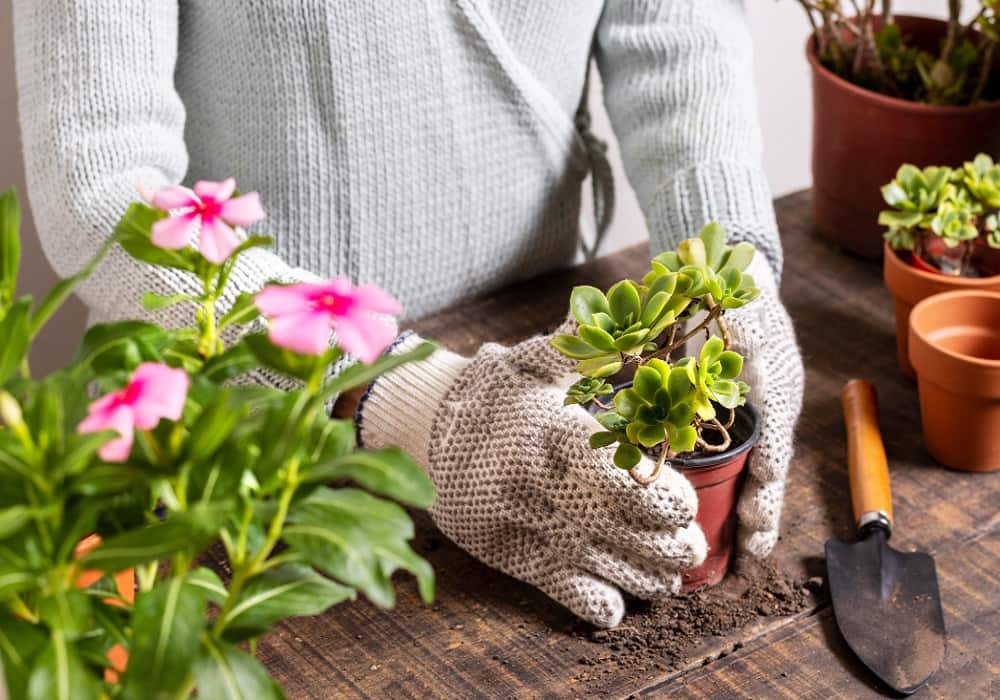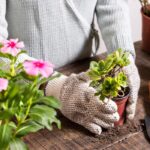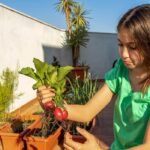Grow Like a Pro: Top Gardening Tips You Should Know
Gardening is a deeply rewarding hobby that connects us with nature, improves mental health, and enhances the beauty of our homes. Whether you’re a beginner or an experienced green thumb, there’s always something new to learn in the world of gardening. From soil preparation to plant selection, the right techniques can transform your garden into a thriving paradise. In this article, we’ll explore top gardening tips you should know to grow like a pro and maintain a healthy, beautiful garden all year round.
1. Know Your Climate and Zone
Before you plant anything, it’s crucial to understand your gardening zone and local climate conditions. Different plants thrive in different temperatures, rainfall levels, and sunlight exposures. You can check your area’s USDA Hardiness Zone or regional climate charts to determine the best plants for your garden.
Pro Tip: Native plants are usually more adaptable, pest-resistant, and require less maintenance.
2. Test and Improve Your Soil: Gardening Tips
A thriving garden is built on healthy soil. Conduct a soil test to measure its pH, texture, and nutrient levels. Most garden centers offer affordable soil testing kits. Based on the results, you may need to:
-
To increase the nutrient content and soil structure, add compost.
-
Use sulfur to drop pH or lime to raise it.
-
Mix in organic matter like manure, peat moss, or leaf mold.
3. Choose the Right Plants for the Right Place
Plants have different light, space, and water requirements. Group plants with similar needs together to simplify care and improve growth. Pay attention to:
-
Sunlight needs (full sun, partial shade, or full shade)
-
Watering needs (drought-tolerant vs. moisture-loving)
-
Growth habits (tall, creeping, or bushy)
Pro Tip: Use plant tags or labels to remember each plant’s specific needs.
4. Water Wisely
One of the most frequent gardening errors is overwatering. Instead of frequent shallow watering, go for deep, infrequent watering to encourage strong root growth. Early morning is the best time to water, as it reduces evaporation and fungal growth.
-
Use drip irrigation or a soaker hose for efficiency.
-
Water the base of plants, not the foliage.
-
Mulch to retain soil moisture and reduce evaporation.
5. Mulch for Moisture and Weed Control
A 2–3 inch layer of organic mulch like bark, straw, or shredded leaves can greatly benefit your garden. Mulching helps:
-
Retain moisture in the soil
-
Regulate soil temperature
-
Suppress weed growth
-
Enrich the soil as it decomposes
Make sure not to pile mulch against plant stems, as it can cause rot.
6. Feed Your Plants Naturally
Just like people, plants need nutrients to grow strong and healthy. Use organic fertilizers like compost tea, fish emulsion, or seaweed extract to provide essential nutrients. You can also use slow-release organic pellets for convenience.
-
Feed vegetables every 4-6 weeks during the growing season.
-
Use balanced N-P-K ratios (Nitrogen, Phosphorus, Potassium) depending on plant needs.
7. Practice Companion Planting
Companion planting is the art of placing plants together that benefit each other. This technique can naturally repel pests, improve pollination, and increase yields. For example:
-
Plant basil near tomatoes to repel insects.
-
Grow marigolds around the garden to deter pests.
-
Pair carrots with onions to confuse carrot flies.
8. Control Pests and Diseases Naturally
A healthy garden has its own balance of pests and predators. Avoid harsh chemicals and use natural pest control methods:
-
Introduce beneficial insects like ladybugs and lacewings.
-
For insects with soft bodies, use insecticidal soap or neem oil.
-
Handpick pests like snails and caterpillars.
-
Remove infected leaves or plants promptly.
Pro Tip: Regularly inspect plants for early signs of trouble.
9. Prune Regularly and Correctly
Pruning improves air circulation, encourages new growth, and shapes your plants. Use clean, sharp tools and know when to prune:
-
Flowering shrubs: Prune after blooming.
-
Fruit trees: Prune in late winter or early spring.
-
Dead or diseased branches: Remove immediately.
10. Rotate Your Crops
If you’re growing vegetables, practice crop rotation every year to avoid depleting soil nutrients and prevent disease build-up. For example:
-
Follow leafy greens with root vegetables.
-
Don’t plant members of the same family (such as peppers and tomatoes) in the same location every year.
Frequently Asked Questions (FAQs)
Q1: What are the easiest vegetables to grow for beginners?
A: Some beginner-friendly vegetables include tomatoes, lettuce, radishes, spinach, carrots, and green beans. These require minimal care and grow quickly.
Q2: How can I start a garden if I don’t have much space?
A: You can use containers, vertical planters, or balcony boxes for small-space gardening. Even windowsills can be used to grow herbs like basil and mint.
Q3: How often should I water my garden?
A: It depends on the plant type and weather. As a rule, most plants need about 1 inch of water per week. Deep watering once or twice a week is better than daily light watering.
Q4: What type of soil is best for gardening?
A: Most plants thrive in loamy soil, which is a well-balanced mixture of clay, silt, and sand. It offers good drainage and retains nutrients well.
Q5: Why are my plants turning yellow?
A: Yellowing could be caused by overwatering, nutrient deficiencies, poor drainage, or pests. Check the soil and inspect for signs of disease or bugs.
Conclusion
Gardening is both an art and a science. By following these top gardening tips, you can grow like a pro and create a vibrant, thriving garden that adds joy and value to your life. Whether you’re planting vegetables, flowers, or shrubs, the key is to stay curious, keep learning, and enjoy the process.






